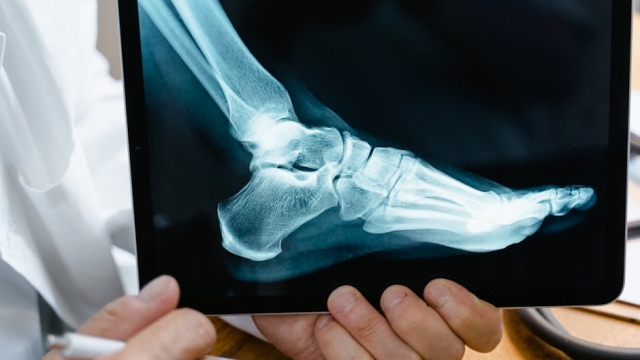
Red light therapy has emerged as a fascinating and increasingly popular treatment method, known for its potential benefits in various fields such as health, wellness, and veterinary practices. This non-invasive therapy utilizes specific wavelengths of light to promote healing and reduce inflammation, making it attractive for both human and animal health. As interest in this therapy grows, so do the innovations surrounding it, enhancing its efficacy and broadening its applications.
Advancements in Red Light Therapy Technology
The realm of red light therapy has seen significant technological advancements that improve how the therapy is delivered and its overall effectiveness. These innovations include the development of portable devices that enable users to experience the benefits of red light therapy conveniently at home. For instance, handheld devices and wearable technology allow for targeted treatment in specific areas of the body, making it easier for individuals to integrate therapy into their daily routines. Moreover, the introduction of multi-wavelength devices is a notable advancement. These devices emit various wavelengths of light, allowing for customized treatments tailored to individual needs. This versatility enhances the potential applications of red light therapy, from pain relief to skin rejuvenation.
Clinical Studies Showcasing Benefits
Numerous clinical studies have been conducted to validate the benefits of red light therapy, providing a solid foundation for its use in both humans and animals. Research has demonstrated that red light therapy can aid in wound healing, reduce chronic pain, and improve skin conditions. For example, studies have shown that this therapy can significantly enhance healing times for injuries and surgical wounds, offering a promising avenue for post-operative care. In the equine world, clinical research has highlighted the potential of red light therapy in treating conditions such as arthritis and tendon injuries in horses. The ability of red light to penetrate tissues and promote cellular repair makes it a valuable tool in veterinary medicine.
Innovative Applications in Equine Health
The use of red light therapy is not limited to human health; it has also found remarkable applications in equine health. Veterinary professionals are increasingly utilizing this therapy to address various conditions affecting horses. For instance, red light therapy has been employed to alleviate pain and inflammation associated with musculoskeletal injuries, improving recovery times and overall performance. Additionally, some equine rehabilitation centers are integrating red light therapy into their treatment programs for horses recovering from surgery or injury. By promoting blood circulation and reducing inflammation, this therapy can expedite the healing process, allowing horses to return to work more quickly and with less discomfort.
| Aspect | Human Applications | Equine Applications |
|---|---|---|
| Pain Relief | Reduces chronic pain and inflammation | Alleviates musculoskeletal injuries |
| Healing Enhancement | Speeds up wound healing | Improves recovery from surgery |
| Skin Conditions | Treats acne and psoriasis | Addresses skin irritations |
| Device Types | Handheld and multi-wavelength units | Specialized veterinary systems |
As the field of red light therapy continues to evolve, the potential for new and exciting applications is vast. The continuous exploration of red light therapy innovations is helping to unlock its full potential, benefiting both human and animal health. For those interested in exploring these advances further, resources and information are available that delve deeper into the science and applications of this remarkable therapy. In conclusion, red light therapy represents a significant development in healing technology, with innovations enhancing its accessibility and effectiveness. As research continues to affirm its benefits, both individuals and equine practitioners are encouraged to consider the potential advantages that red light therapy can offer in their respective fields. Whether for pain management, recovery, or overall wellness, the future of this therapy looks promising.


